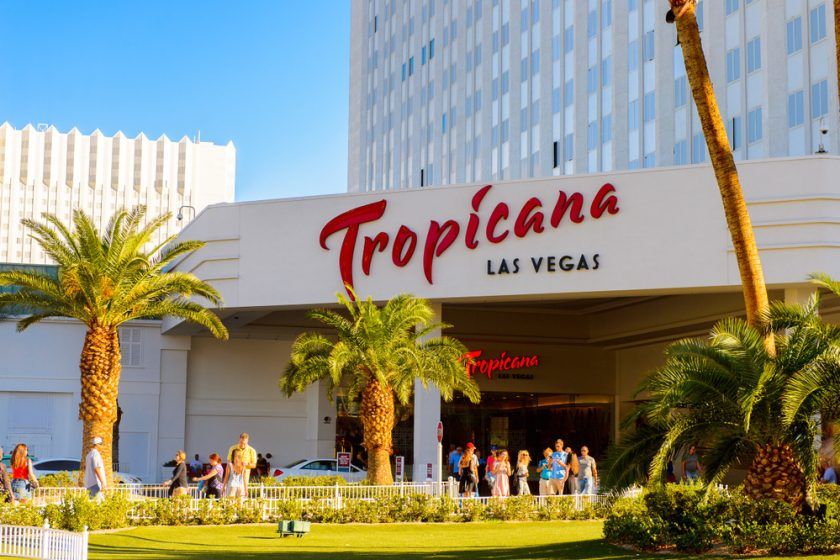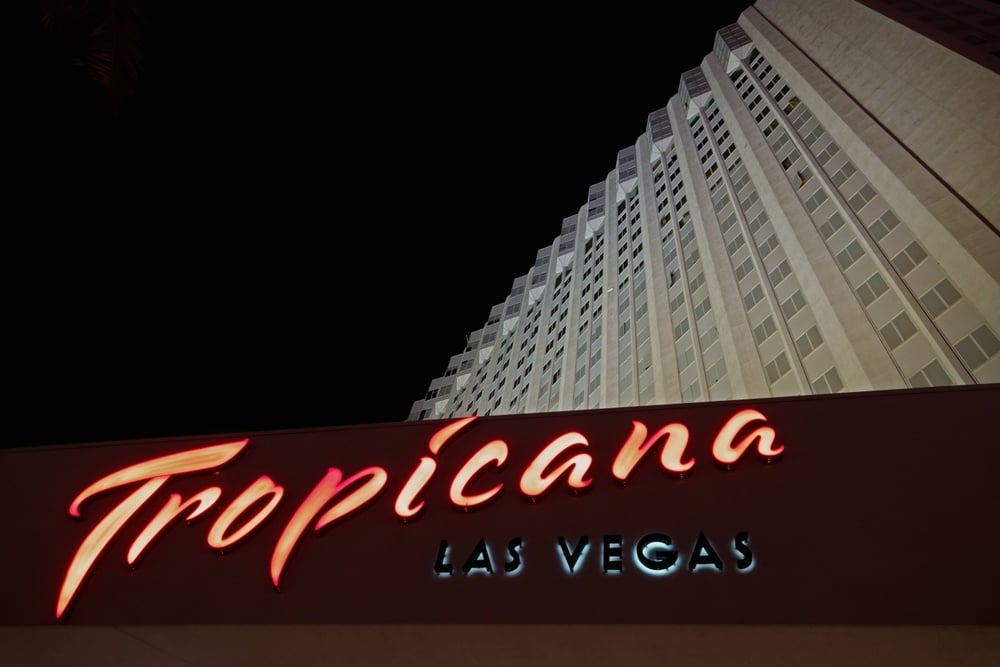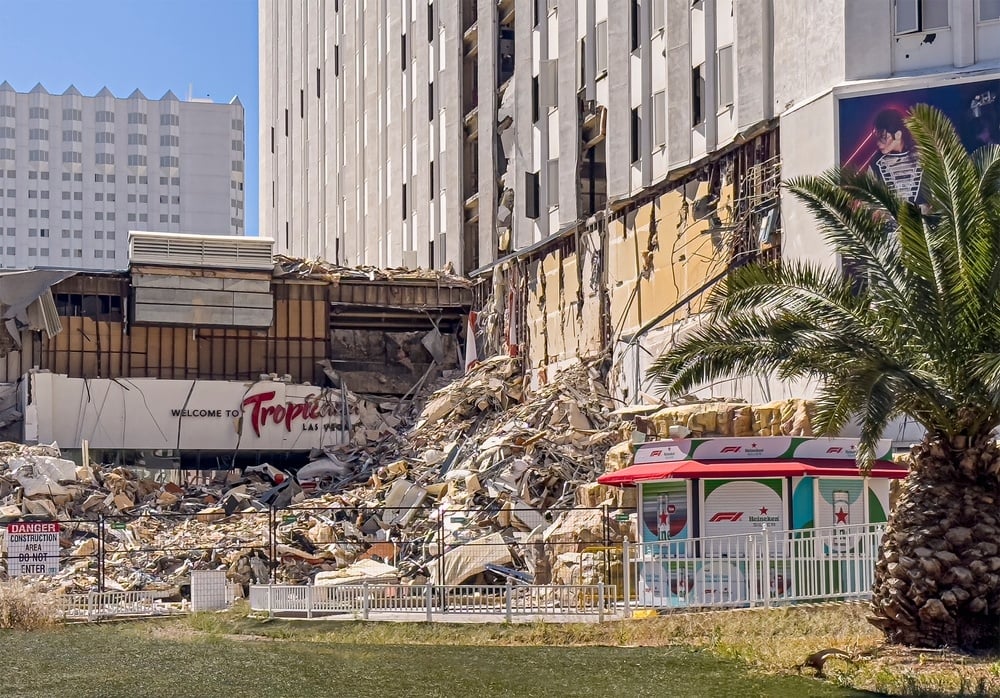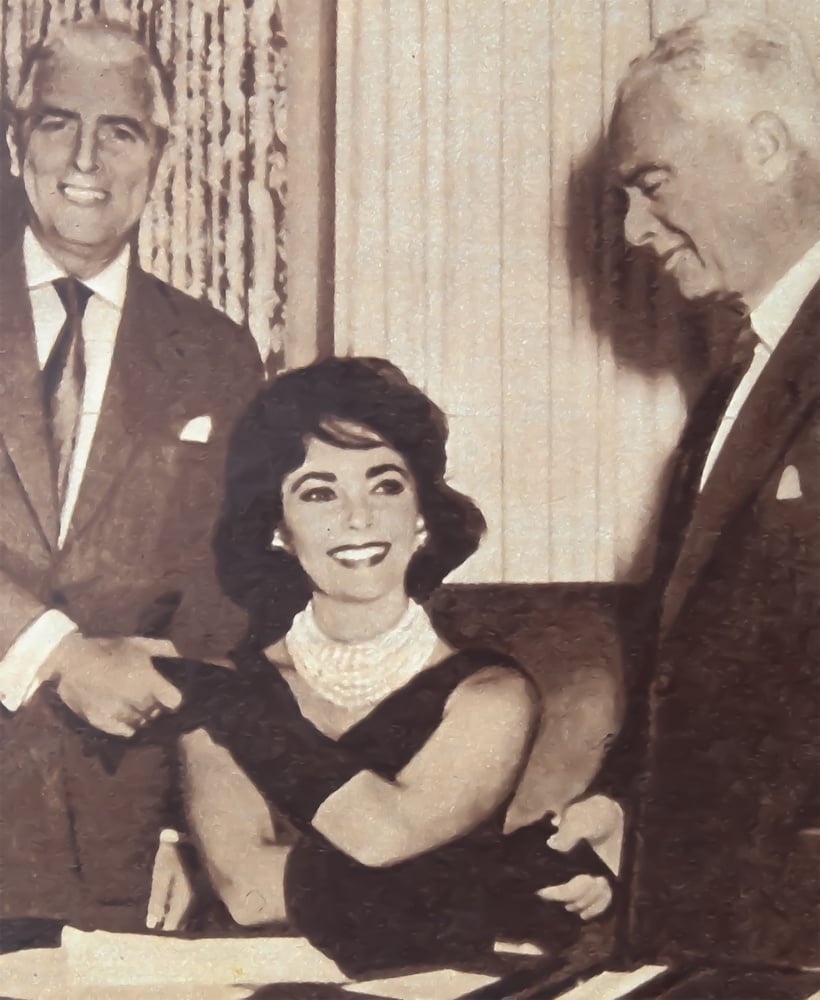Farewell to the Tropicana: Celebrating the Storied Past of a Las Vegas Icon

For nearly seven decades, the Tropicana stood as a dazzling symbol of Las Vegas’ golden era. When it opened in 1957 with a price tag of $15 million, it was the priciest resort Nevada had ever seen and quickly became known as the “Tiffany of the Strip.” Renowned for its refined elegance and intimate spaces, the Tropicana drew travelers to a more glamorous age-a stark contrast to the rapidly evolving Strip that soon surrounded it.
Despite extensive renovations and a series of new owners, including a $180 million overhaul between 2009 and 2011, the Tropicana retained its vintage allure even as Vegas became a city obsessed with constant renewal. Bally’s Corporation acquired the property in 2022, ultimately deciding to clear the site for a $1.5 billion baseball stadium and resort complex, marking the end of an age.
The Tropicana now joins a long list of legendary Strip landmarks lost to time, including the Stardust, Sands, Dunes, New Frontier, Desert Inn, El Rancho, Aladdin, Hacienda, and Riviera-all of which have been erased from the skyline over the past few decades. After officially closing its doors on April 2, 2024, the final pieces of the Tropicana are scheduled for demolition by October 9, 2024, closing a remarkable chapter in Las Vegas history.

A Casino Born in the Shadows: Early Mob Ties and Ownership
The Tropicana’s origins mirror the intrigue of classic Vegas. Developed by Conquistador Inc. under the guidance of “Dandy” Phil Kastel, the project quickly attracted attention due to Kastel’s known partnerships with underworld figure Frank Costello, particularly their ventures in New Orleans and the slot-machine trade. Despite Kastel’s insistence that Costello had no involvement in the casino, authorities remained unconvinced.
Tragedy soon struck this saga; less than a month after opening, Costello survived an assassination attempt. Police found a note in his pocket documenting the Tropicana’s earnings to date-$651,284-instruction to skim $36,000 for associates.
Given these suspicions and a climate of intense regulatory scrutiny, the Nevada Gaming Control Board refused Kastel’s license application, necessitating a change in operational control. Ultimately, J.K. Houssels, a Las Vegas casino veteran, assumed leadership, steering the Tropicana toward respectability and, eventually, stardom.

Showstopping Legacy: The Nearly 50-Year Run of Les Folies Bergere
During the heyday of the 1950s, Las Vegas became renowned not only for its casinos but also as an epicenter of entertainment and nightlife. Amidst this revelry, showgirl revues rose to prominence, with The Tropicana ultimately earning distinction for hosting the longest-running show on the Strip: Les Folies Bergere.
While the Sands, Flamingo, and Stardust also became synonymous with glamorous performances, it was Harold Minsky’s groundbreaking topless revue at the Dunes in 1957 and Donn Arden’s show at the Stardust that set the stage for change. The Tropicana broke new ground by importing the authentic Parisian extravaganza, Les Folies Bergere, which debuted at the venue on Christmas Eve, 1959. For almost half a century, the revue-complete with elaborate costumes and high-kicking dancers-enchanted audiences until its final curtain in March 2009.
These iconic performances faded along with an era. The last true showgirl production, Jubilee! at Bally’s Las Vegas, ended in 2016, cementing their status as nostalgic emblems of Vegas past.

Spotlight on the Stars: Celebrity Stories and Silver Screen Fame
The Tropicana attracted A-listers and global celebrities throughout its storied life. In 1959, the resort played host to one of Hollywood’s most infamous love scandals: Elizabeth Taylor married Eddie Fisher just three hours after his divorce from Debbie Reynolds. Fisher was not only Taylor’s new husband but also a resident performer at the Tropicana-he serenaded his bride from the stage the night of their wedding.
A month before the nuptials, Taylor was seen consulting Sammy Davis Jr. about her engagement. Davis, a frequent performer at the Tropicana and Rat Pack legend alongside Frank Sinatra and Dean Martin, also made history in 1972 as the first Black man to own a share of a Las Vegas resort when he purchased an eight percent stake in the Tropicana.
Many other luminaries, such as Elvis Presley, Liberace, Tina Turner, Joan Rivers, President Joe Biden, James Caan, Ann-Margret, Martin Sheen, Bill Clinton, Pamela Anderson, and Kitty Dolan, also graced its halls. The Tropicana’s dazzling reputation even extended to Hollywood, serving as the backdrop for major films like the James Bond adventure “Diamonds Are Forever” (1971), “Viva Las Vegas” (1964), and “The Godfather” (1972).

Undercover Operations: Mob Skimming and Operation Strawman
Despite efforts to legitimize casino operations, organized crime reemerged at the Tropicana in the late 1970s. Joe Agosto, a producer for Les Folies Bergere, was implicated in siphoning casino proceeds to the Kansas City crime family, also known as the Civella organization.
This activity triggered a major FBI investigation-Operation Strawman-which unraveled a vast skimming conspiracy stretching across not only Kansas City but to mob networks in Cleveland, Chicago, and Milwaukee. The sting operation involved years of surveillance and wiretaps.
The investigation led to the indictment of Agosto, Nick and Carl Civella, Carl “Tuffy” DeLuna, and Carl Thomas in 1981. Testimony revealed they planned monthly skims of $50,000 from the casino. Ultimately, all five were convicted in 1983; Thomas was sentenced to 15 years for his role in skimming $280,000, while Agosto died in federal custody before sentencing.

The End of an Era: Tropicana’s Demolition and the Road Ahead
April 2, 2024, marked the Tropicana’s final day in operation-just shy of its 67th anniversary. Demolition was set in motion that same month, targeting its last two remaining hotel towers for implosion on October 9, 2024. Controlled Demolition Inc. meticulously orchestrated the collapse, employing 490 pounds of explosives in the steel-framed Paradise Tower and 1,700 pounds in the concrete Club Tower. Celebratory fireworks and a drone show produced by Grucci added spectacle to this historic farewell, with both buildings reduced to rubble in mere seconds.
The future of the site is ambitious. Beginning in the second quarter of 2025, construction will commence on a new home for the Oakland Athletics-a 33,000-seat stadium designed with overlapping layers, abundant natural light, and panoramic Strip views. Features planned include the MLB’s largest jumbotron (18,000 square feet), the world’s biggest cable-net glass window, 2,500 parking spaces, and a three-acre communal plaza. The ballpark will occupy nine acres of the 35-acre property, with the remaining land reserved for a yet-to-be-revealed casino hotel and resort.
The demolition of the Tropicana marks the end of a landmark that once defined classic Las Vegas. As the city looks forward to a new chapter, the legacy of the Tropicana-its glitz, memories, and colorful history-will endure as a reminder of the Strip’s ever-evolving story.













